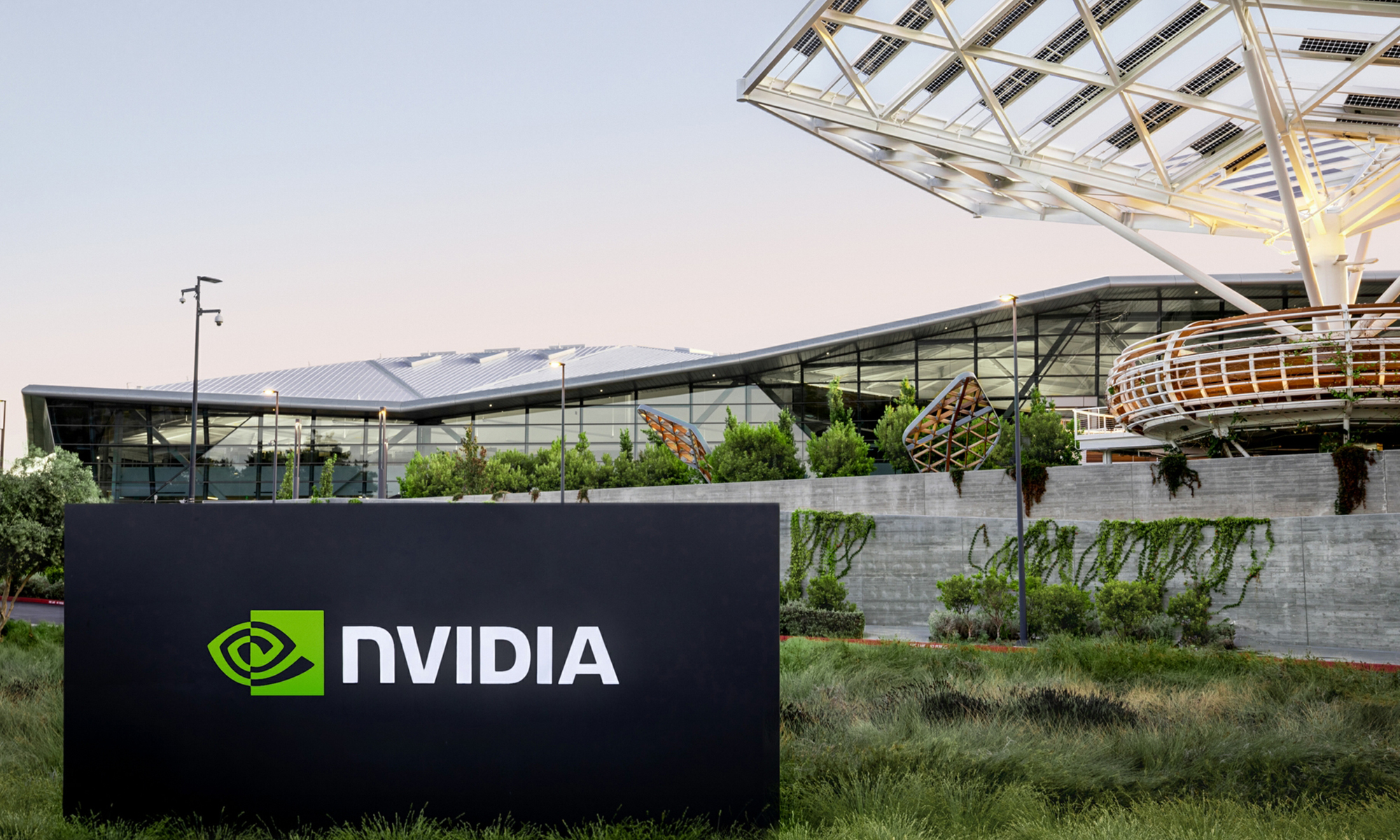Two of the hottest names in artificial intelligence (AI) are Palantir Technologies (PLTR +0.07%) and Nvidia (NVDA 0.32%). However, Wall Street analysts have very different opinions on the two stocks right now.
According to MarketBeat, 22 analysts cover Palantir, and the stock holds a consensus rating of "hold." While that may sound neutral, "hold" is often code that new investors should avoid a stock. Only five sell-side analysts currently recommend Palantir a "buy," while 15 rate it "hold," and two actually recommend selling.
Meanwhile, sell-side analysts are decidedly more bullish on Nvidia's stock. Out of 46 analysts following the company, 37 rate it a "buy" and another four label it a "strong buy."
Let's take a closer look at the two stocks to see why Wall Street likes Nvidia more than Palantir.

Image source: Getty Images.
Palantir: Strong momentum but a high valuation
Palantir has been one of the hottest AI stocks, and for good reason. The company has seen its revenue growth accelerate for eight straight quarters, with revenue surging 48% last quarter to hit $1 billion. Growth is being led by its U.S. commercial segment, where customers have been clamoring to adopt its Artificial Intelligence Platform (AIP).
AIP's strength is that it is essentially an AI operating system. It gathers data scattered across an organization and then organizes it into an ontology, linking the data to real-world assets and workflows. This gives third-party large language models (LLMs) the clean data they need to help eliminate AI hallucinations and make AI more useful.
Palantir's U.S. commercial business saw its revenue nearly double last quarter, as new customers flocked to the platform and existing customers ramped up spending. Meanwhile, the company was originally a government contractor, and that segment still remains a major growth driver. Last quarter, its U.S. government revenue climbed more than 50% as the U.S. government began to embrace AI.

NASDAQ: PLTR
Key Data Points
The problem, and the reason analysts hesitate to recommend the stock, though, is valuation. Palantir now trades at more than 100 times 2025 analyst revenue estimates. That's not price-to-earnings (P/E), it's price-to-sales (P/S). When a company's valuation climbs that high, it usually means expectations have already stretched far beyond what even a great business can deliver.
Palantir's prospects remain strong, but the stock has gotten way ahead of itself. When everything has to go right to justify the price, it doesn't leave much room for error. That's why so many analysts have settled on giving it a "Hold" rating. They like the story, but can't justify the stock's current valuation.
Palantir still has the opportunity to grow to become one of the largest and most important companies on the planet, but this likely won't happen in a straight line, which is why it could be better to wait for a pullback to buy shares.
Nvidia: The king of AI infrastructure
While Wall Street analysts remain hesitant to recommend Palantir, they still feel confident about where Nvidia is headed. The company today is much more than simply a chipmaker, as much of the AI infrastructure buildout that has been powering the market has been built around its ecosystem.
Nvidia's graphics processing units (GPUs) are the primary chips used to train AI models and run inference; however, its wide moat comes from the powerful ecosystem it has created. This starts with its CUDA software platform, where most early AI code was developed. That created a powerful moat because switching away from Nvidia's ecosystem would require rewriting massive amounts of code, retraining developers, and rebuilding entire systems from scratch.

NASDAQ: NVDA
Key Data Points
However, Nvidia didn't just stop with software. It developed its NVLink interconnect system that essentially allows its chips to work as one single powerful unit. It then delved further into networking with its acquisition of Mellanox, which provided it with the foundation to offer complete end-to-end solutions. Networking has been a powerful, but often overlooked, growth driver for the company, with its data center networking revenue nearly doubling last quarter to $7.3 billion. Its recent investment of up to $100 billion in OpenAI, meanwhile, locks in a big customer and will allow the two companies to work together, shaping the future of AI.
Wall Street's bullishness on the stock comes down to confidence that Nvidia can keep delivering as AI spending continues to grow. The company estimates that the AI infrastructure market could climb from about $600 billion today to as much as $4 trillion in the next several years. That's a huge opportunity, and even if it loses some market share, the company is still in the driver's seat when it comes to the AI infrastructure buildout.
Meanwhile, Nvidia still trades at a reasonable valuation based on its projected growth. Its forward P/E is 30.5 times, based on next fiscal year's analyst estimates, and it has a PEG (price/earnings-to-growth) ratio of under 0.9, with PEGs below 1 considered undervalued.
So, while both stocks are riding the same powerful AI trend, the way Wall Street sees it, only one is positioned to keep outperforming, and that's Nvidia.





